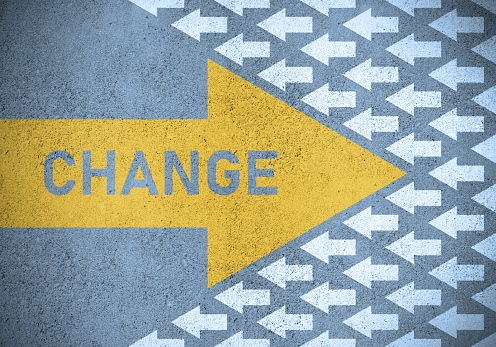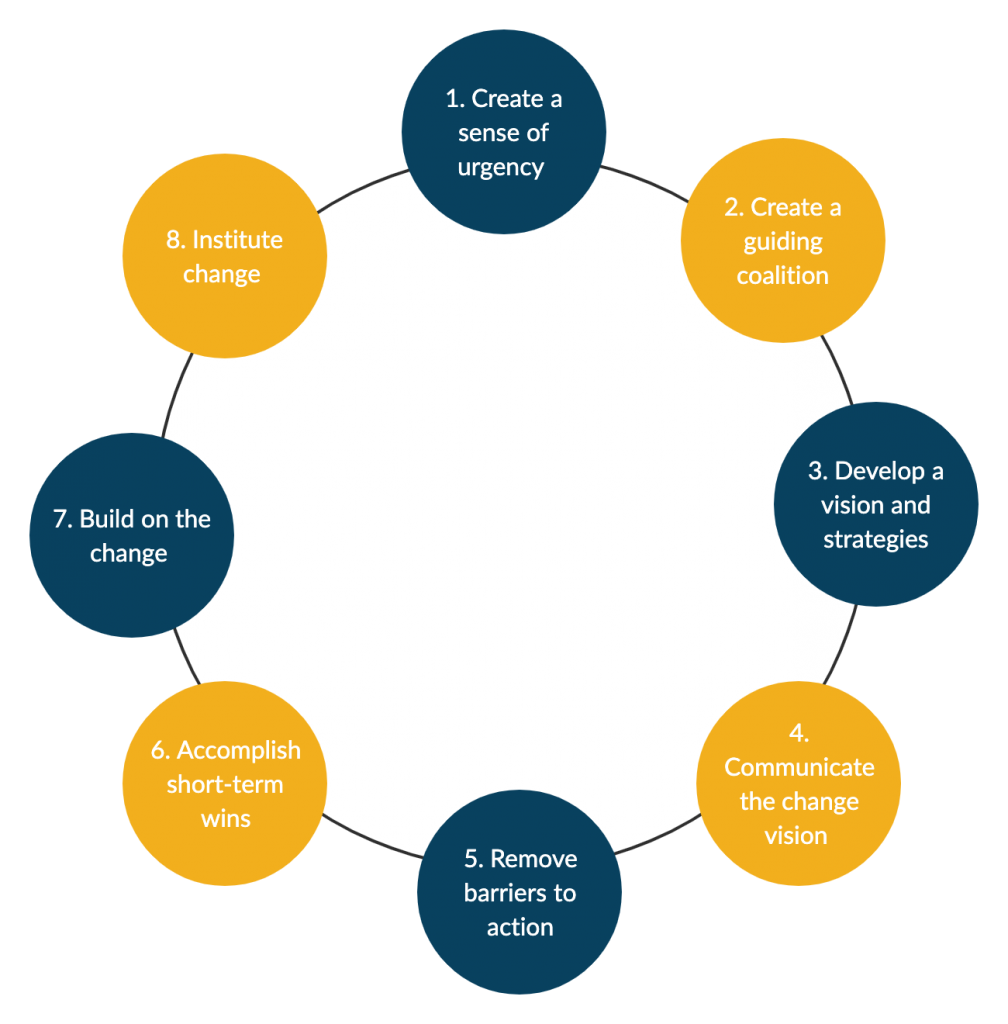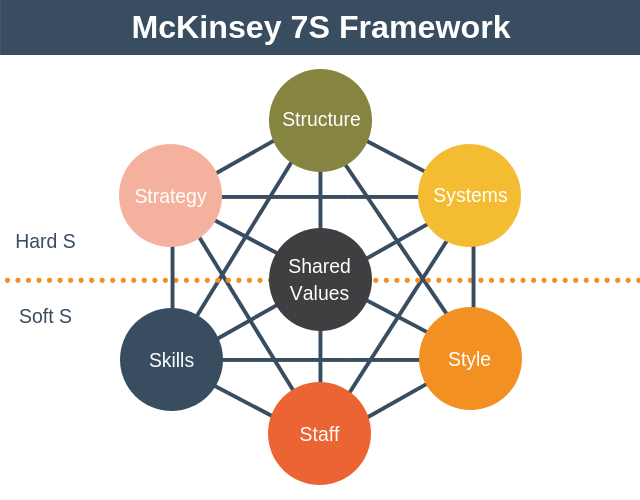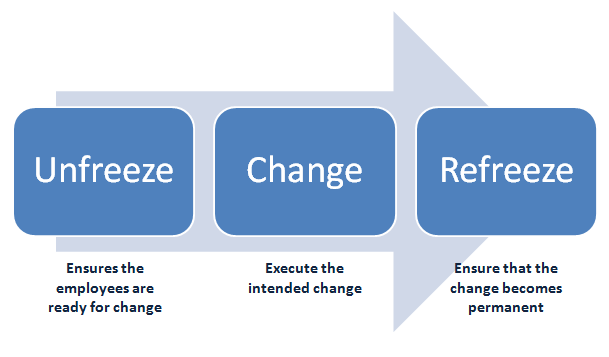
Now more than ever, we face a hyper-competitive environment in business. It just seems to evolve every day. Keeping up with that change is vital for any organization that strives for success and growth. The change is neither straightforward nor simple and depends on the culture of the company and its people. To successfully adopt the change, organizations must develop and execute a change management framework to help shape the project of change itself. Adopting the right change management or leadership framework is important in the implementation of systematic change. Join me as we look at various tools to assist in managing change.
What is Change Management?
Change management is a systematic approach that helps organizations to embrace new ways of doing business operations and stay competitive in their markets. Change management helps adjust everything in the organization, from the organizational structure to job roles or technologies, and helps adjust every employee and stakeholder to the upcoming change. Organizations can reap the benefits of adopting a change leadership framework, such as reducing employee resistance to change, managing budget, and decreasing the time to embrace the change.
Change Management Techniques
Today, there are several successful change management techniques organizations can adopt. Each technique consists of a series of steps to practice with it. This section discusses some of the most prominent change management techniques.
Kotter’s Model

Kotter’s Theory was invented by Dr. John Kotter, who is a Harvard professor, and it consists of eight steps:
- Create urgency for the change: Build a “bold, aspirational opportunity statement.” that helps to understand the need for immediate change
- Form a powerful coalition: Form a team with key change agents and other leaders that helps to execute the change and rotate them so that it helps to bring a fresh view to the change
- Create the vision for the change: Define your vision that is actionable, measurable, and realistic
- Communicate the vision
- Identify and remove barriers to the change and track them so everyone can see the progress.
- Celebrate short-term wins: Let people know that they are moving with the change by celebrating the achievement of short-term goals
- Sustain acceleration: continue to achieve your long-term goals
- Identify the new positive approaches and continue to practice them to avoid reappearing old habits.
McKinsey 7S Framework

Tom Peters and Bob Waterman created the 7S framework in the 1980s based on seven factors that help organizations understand their current structure and identify where they need to change. The seven elements are:
- Strategy
- Structure
- Systems
- Skills
- Style
- Staff
- Shared values
The framework further divides these seven factors into two as hard and soft factors. Structure, Strategy, and Systems are hard factors, and Skills, Styles, Staff, and Shared Values are soft factors. Changing these factors affect all other factors. Therefore, it is important to manage and align the impacts of all these factors.
ADKAR Model

Created by Jeff Hiatt, ADKAR is another popular and well-established change management framework that follows a bottom-up approach starting with individual employees. The ADKAR acronym speaks for itself as the major characteristic of change.
- Awareness
- Desire
- Knowledge
- Ability
- Reinforcement
Awareness is the understanding that there is a need for change and creating awareness is important in moving towards the change process. Desire emphasizes that each needs to want to change and engage with it. Knowledge is the necessary guidance and support to know how to change that can be achieved by necessary coaching and training. Ability
Is the capability to implement the change. Reinforcement includes measuring the outcomes, celebrating the success, and taking the necessary measures for incorrect actions.
Lewin’s Model

Another prominent change management framework is Lewin’s Change Management, invented by Kurt Lewin in the 1940s. Unlike another framework, the creator has focused more on the social situations and the factors and forces that can affect such situations. Lewins’ model indicates the change management in three steps 1. Unfreeze 2. Change, and 3. Refreeze:
Unfreeze
This initial phase prepares everyone for the change by letting them accept that a change is inevitable. In this phase, the organization should know the reasons for the current system's failure and understand there is no continuation.
Change
The next phase is the change phase, where organizations implement the changes, and effective communication is important. Organizations need to empower every employee to adapt to the change.
Refreeze
After the change implementation, this phase sets strategies to sustain that change so that those changes do not convert into old habits. It also includes celebrating the victories and continuing to adapt to the change.
Nudge Theory
The nudge theory is based on behavioral science, which describes the non-forced mindsets that need to adapt to changes in behavior. It emphasizes that even a small action can impact how people behave and make decisions. Nudges in Nudge theory are indirect, subtle, open-ended, educational, backed-up with evidence, optional, and open to discussion. Following are the basic principles of nudge theory people must follow to achieve a positive organizational change.
- Defining the change in a manner that everyone understands and is clear about it
- Take the point of view of employees about the change
- Provide the evidence to select the best option out of all the options
- Present the change as a choice
- Feedback is important, and makes sure to listen to them.
- Resolve obstacles as much as possible that hinder the change in behavior
- Encourages the short-term wins that help keep the momentum of change
The Kübler-Ross Model

Developed by Elisabeth Kübler-Ross, the Kübler-Ross change curve model is based on human psychology, which describes change management through 5 stages of human grief. This well-known model helps organizations understand how their employees behave to changes. Following are the five stages of human grief according to the Kübler-Ross model:
- Shock or denial is the initial stage where people express their defense mechanism to the change. This stage reduces the employee productivity and engagement
- Anger - When the reality about the change comes to their minds, it often expresses anger.
- Bargaining - when employees pass the anger stage, then they try to bargain or negotiate about the imminent change
- Depression - This is the stage where people lose all hopes
- Acceptance - This final stage is where people accept the change reducing their resistance to change, and begin to understand the opportunities the change can bring them.
This model is not a framework for effecting change but can be useful for understanding employee reactions.
Summary
Change is a necessary part of organizational growth. Adapting to change is not easy as we think, as it needs the correct mindset and processes to change from the current status quo. Change leadership frameworks help organizations to move forward faster with the change. Organizations can use several change management frameworks to implement the change they desire. This article discusses six prominent frameworks, their basic theory, steps, and other information you want to get started with.